Are you struggling to tell the difference between those gorgeous geraniums at your local nursery? You're not alone! Many gardening enthusiasts find it challenging to distinguish between big-flower geranium varieties and their small-flower counterparts. Understanding these differences can help you create the perfect garden display that matches your vision.
Let's start with the most obvious difference - the flower size itself. Big-flower geranium varieties typically produce blooms that are 2-4 inches across, sometimes even larger. When you see a geranium with flowers that practically demand attention with their generous proportions, you're likely looking at a big-flower variety. These dramatic blooms often appear in clusters, but each individual flower makes a bold statement.
Small-flower geranium varieties, on the other hand, feature more delicate blooms measuring about 1 inch or less across. What they lack in individual flower size, they make up for in abundance. These varieties typically produce many more flowers per cluster, creating a dense, colorful display that can be equally stunning in its own way.
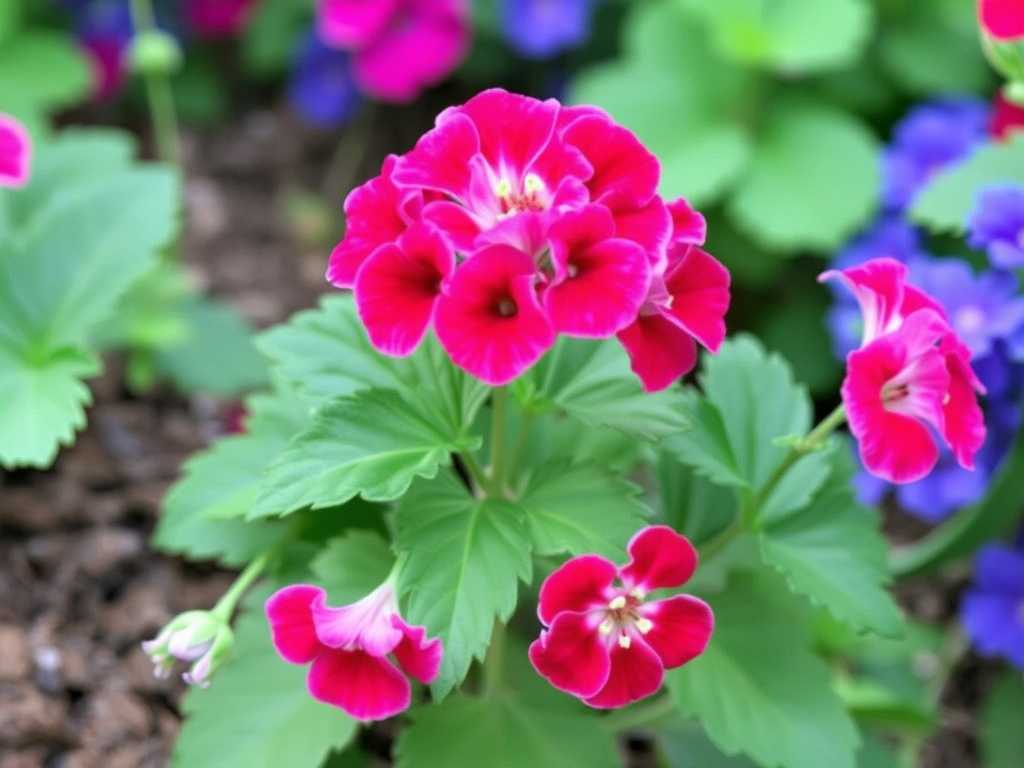
The leaf structure provides another important clue. Big-flower geraniums often have larger, broader leaves that complement their substantial blooms. The leaves might be more deeply lobed or have more pronounced veining. Some varieties even feature decorative leaf margins or colorful zoning patterns that add to their ornamental appeal.
Small-flower geranium varieties frequently have more finely textured foliage. The leaves might be smaller, more deeply cut, or have a lacy appearance. This finer texture creates a beautiful contrast with the abundant small flowers and gives the plant a more delicate overall appearance.
Growth habit differs significantly between these two types. Big-flower geranium varieties tend to have a more upright, robust growth pattern. They often grow taller and wider, making them excellent focal points in container gardens or flower beds. Their strong stems need to support those impressive blooms, giving them a sturdier appearance.
Small-flower geranium varieties often display a more spreading or trailing habit. Many are perfect for hanging baskets, window boxes, or as ground cover. They'll typically spread wider than they grow tall, creating beautiful cascades of color. Some small-flower types are particularly vigorous growers that quickly fill spaces with their abundant blooms.
Flower structure reveals important distinctions. Big-flower geraniums often feature more complex bloom structures with multiple layers of petals. You might notice ruffled edges, double flowers, or semi-double formations. The petals tend to be broader and more substantial, sometimes with interesting markings or color gradients.
Small-flower geranium varieties usually have simpler flower structures - often single blooms with five petals. However, don't let this simplicity fool you! The abundance of these simple flowers creates a different kind of beauty that's equally valuable in garden design.
Bloom time and frequency offer another way to distinguish these varieties. Big-flower geraniums may produce slightly fewer flushes of blooms throughout the season, but each flowering period is spectacular. The plants often put more energy into producing those impressive individual flowers.
Small-flower varieties tend to bloom more continuously throughout the growing season. They typically produce flowers consistently rather than in dramatic flushes. This makes them excellent choices for gardeners who want constant color in their landscapes.
When you're examining plants at the garden center, look at the overall plant form. Big-flower geraniums often appear more substantial and dramatic, while small-flower varieties might look more delicate and abundant. Consider how each would fit into your garden design - do you want dramatic focal points or abundant color coverage?
Cultural requirements also differ slightly between these types. Big-flower geranium varieties often benefit from more frequent deadheading to encourage reblooming. Removing spent flowers directs energy toward producing new large blooms rather than seed production.
Small-flower geraniums are often more self-cleaning, meaning they drop spent flowers naturally without needing much intervention. This makes them lower maintenance in terms of deadheading requirements. Both types appreciate similar growing conditions with plenty of sunlight and well-draining soil.
Water needs can vary between these varieties. Big-flower geraniums might require more consistent moisture to support their substantial blooms, while small-flower types can sometimes be slightly more drought-tolerant once established. However, both will perform best with regular watering and proper care.
Fertilizer requirements show some variation too. Big-flower varieties often benefit from regular feeding with a balanced fertilizer to support their impressive bloom production. Small-flower types might need less frequent feeding but still appreciate proper nutrition for continuous flowering.
When planning your garden design, consider using both types for different effects. Big-flower geraniums make excellent focal points in containers or as specimen plants. Their dramatic blooms draw the eye and create visual interest points throughout your garden.
Small-flower geraniums work wonderfully as filler plants, in mass plantings, or where you want abundant color coverage. They're particularly effective in hanging baskets where their trailing habit and prolific blooming create stunning displays.
Popular big-flower varieties include the Martha Washington geraniums with their particularly large, colorful blooms. These often feature beautiful bi-color patterns and make exceptional container plants. Other notable big-flower types include some of the zonal geraniums known for their substantial flower heads.
Among small-flower varieties, ivy geraniums are particularly popular for their trailing habit and abundant blooms. They're perfect for hanging baskets and window boxes. Other small-flower types include some species geraniums and certain dwarf varieties that produce masses of smaller flowers.
When making your selection, consider your climate and growing conditions. Both types generally prefer similar conditions, but some specific varieties might be better suited to your particular region. Local garden centers typically stock varieties that perform well in your area.
Don't forget to consider color preferences when choosing between big-flower and small-flower geraniums. Both types come in a wide range of colors from pure white through pink, red, purple, and salmon shades. The difference lies in how these colors are presented - either in dramatic large blooms or abundant smaller flowers.
Maintenance requirements might influence your choice too. If you prefer lower-maintenance gardening, small-flower varieties often require less deadheading. If you enjoy the process of tending to your plants and don't mind regular deadheading, big-flower varieties can be very rewarding.
Both types can be propagated from cuttings, though you might find small-flower varieties root more quickly due to their generally more vigorous growth habit. Big-flower varieties might take slightly longer to establish roots but are equally propagatable with proper care.
In mixed container plantings, consider using both types together! A big-flower geranium as the thriller element surrounded by small-flower varieties as fillers can create a stunning display that combines the best of both worlds. The contrast between the large focal flowers and the abundant smaller blooms can be quite dramatic.
Remember that light conditions affect both types similarly. They generally prefer full sun to partial shade, though in very hot climates, some afternoon shade can be beneficial. Without adequate light, neither type will bloom to its full potential.
Winter care is similar for both big-flower and small-flower geraniums. In cold climates, both can be overwintered indoors as houseplants or stored as dormant plants in a cool, dark location. The process works equally well for both types, though larger plants might require more space indoors.
Whether you choose big-flower varieties for their dramatic impact or small-flower types for their abundant blooms, both can bring incredible beauty to your garden. Understanding these differences helps you make informed choices that align with your gardening goals and aesthetic preferences.
The best approach might be to try both types in different areas of your garden. This hands-on experience will help you understand their growth habits and flowering patterns better than any description could. You might discover that each type has its perfect place in your landscape design.

Happy gardening! However you choose to incorporate these beautiful plants into your outdoor spaces, understanding the differences between big-flower and small-flower geranium varieties will help you create the garden of your dreams.
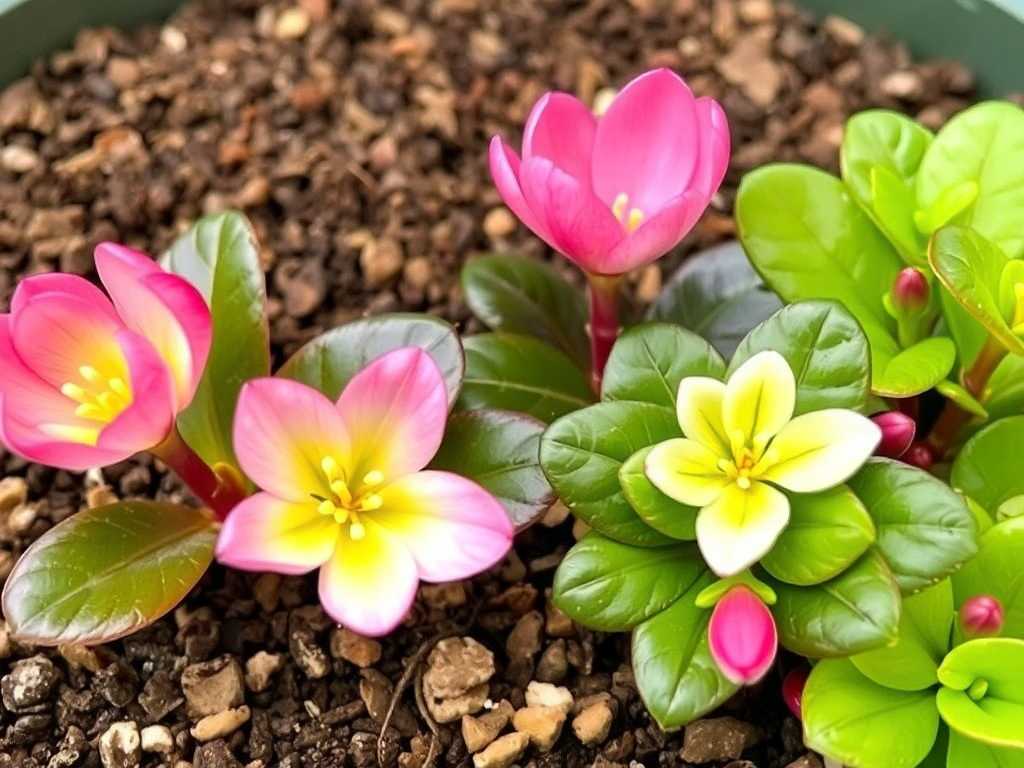
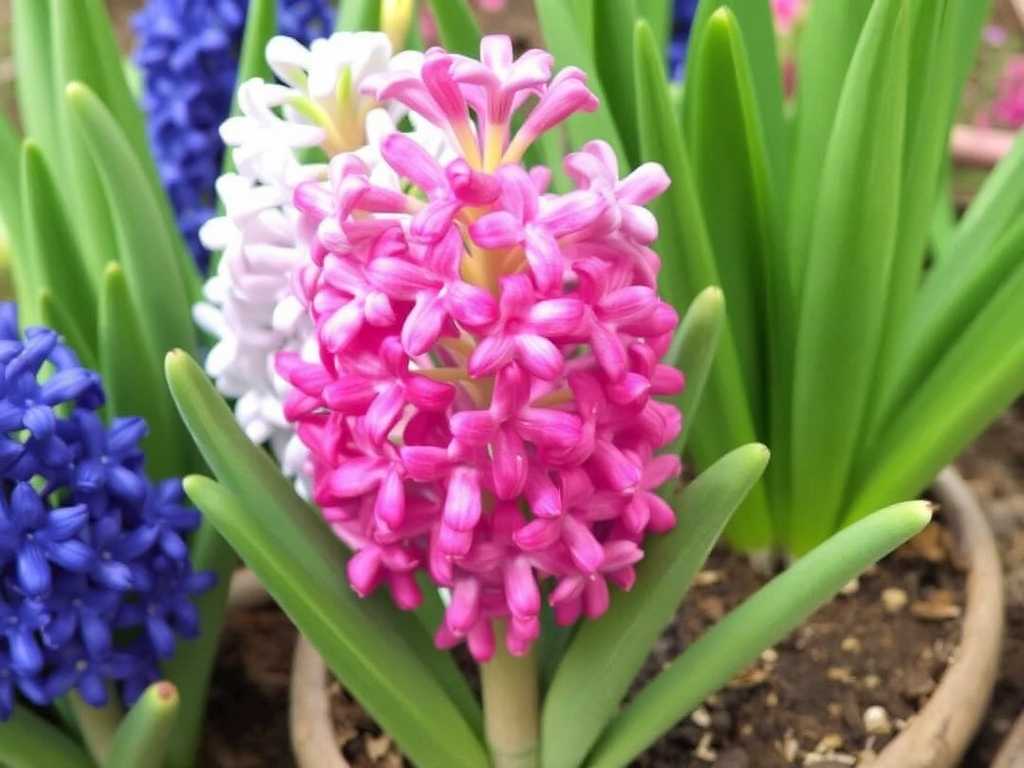
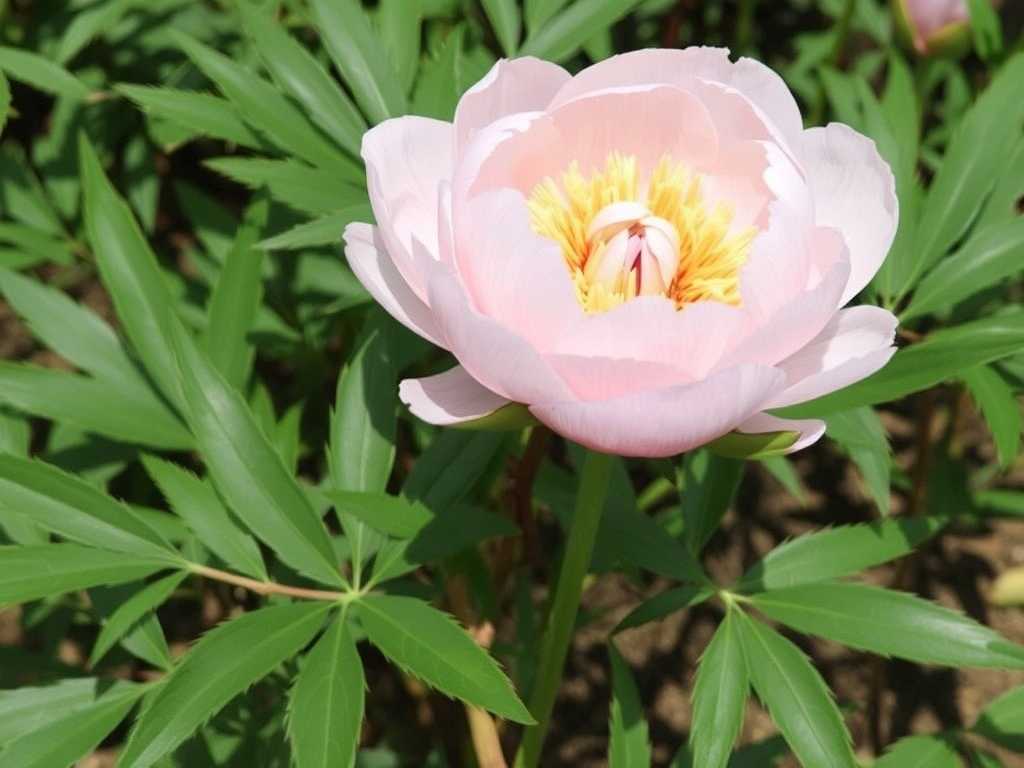

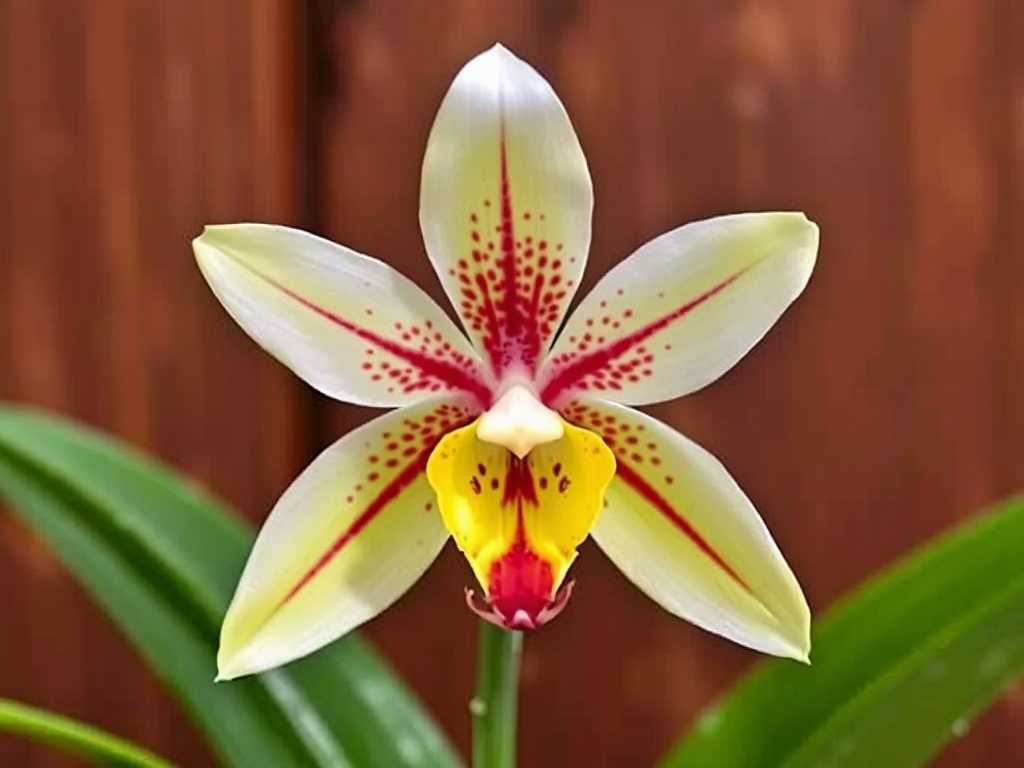
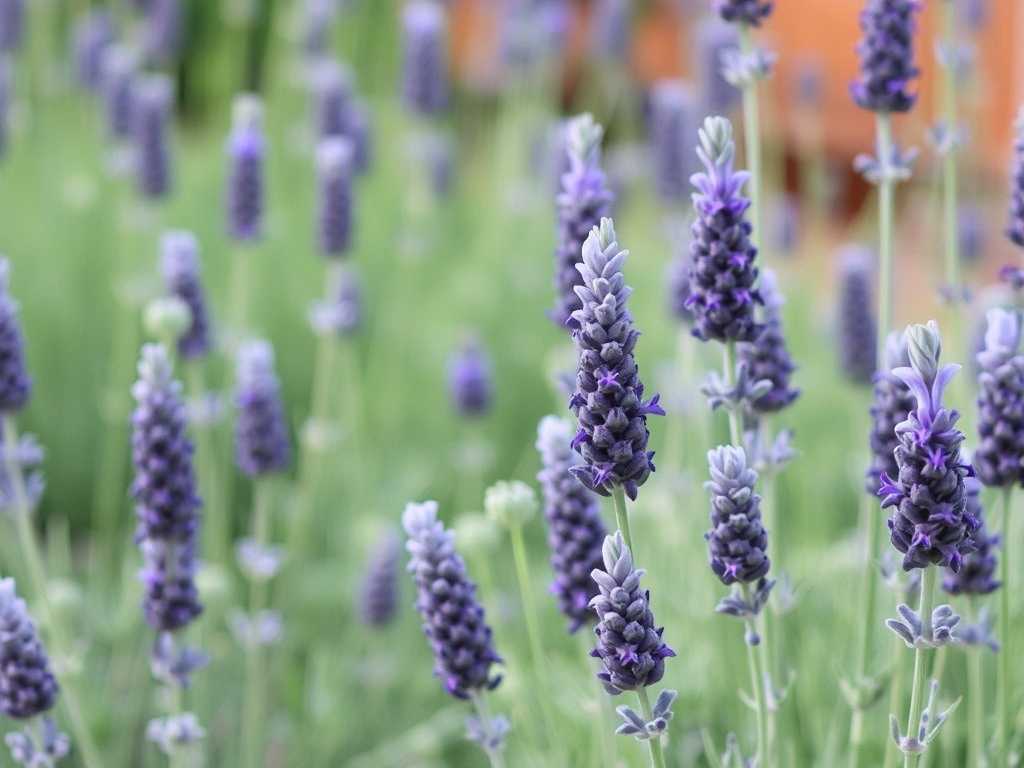
发表评论